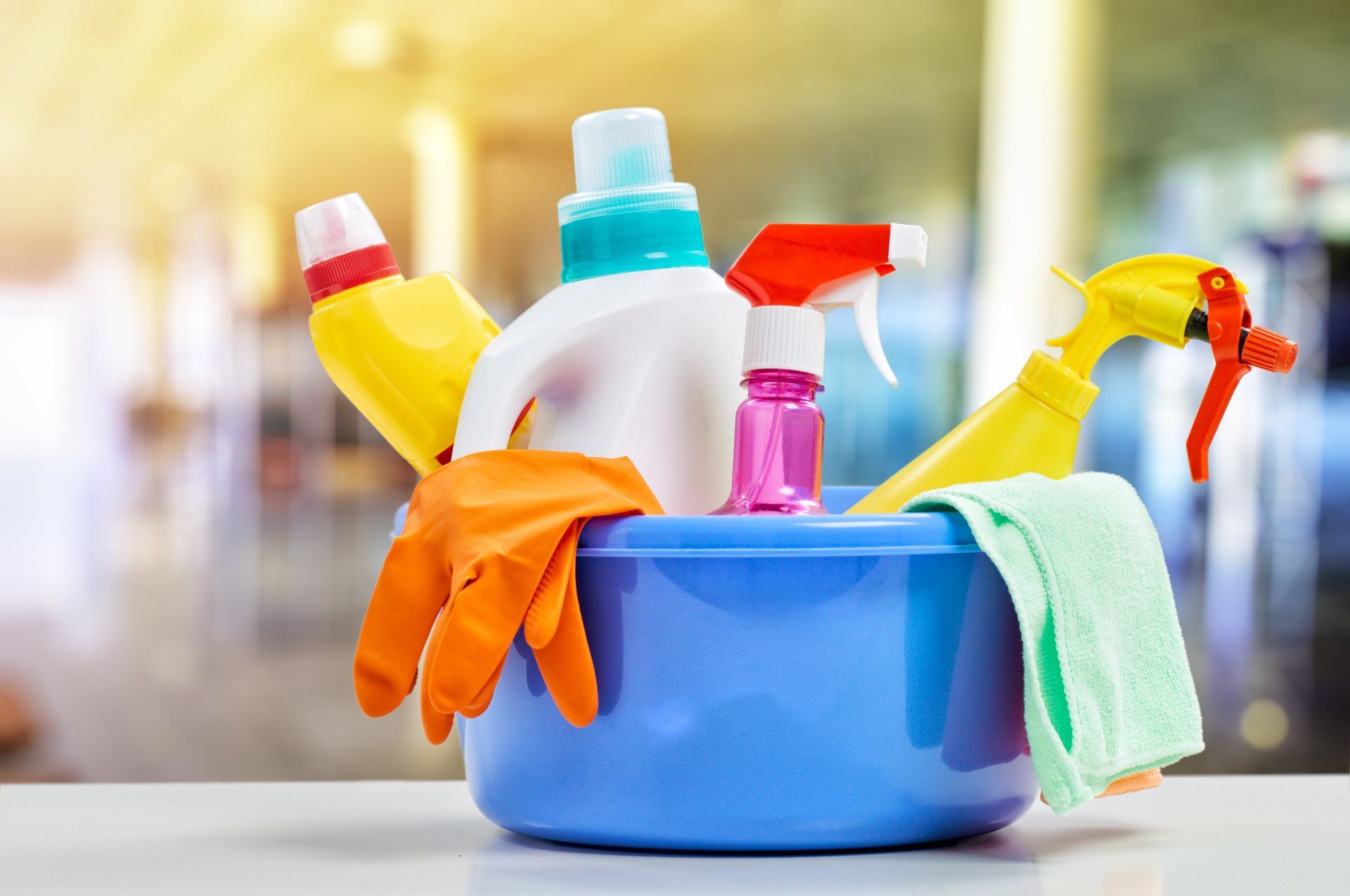MOLD ASSESSMENTS
INDOOR AIR QUALITY
INDUSTRIAL HYGIENE
Biocides are toxic chemicals or physical agents capable of killing or inactivating one or more groups of microorganisms, such as vegetative bacteria, vegetative fungi, bacterial spores, fungal spores, mycobacteria, parasites, and viruses. Some examples of these may include chlorine, ethanol, or isopropyl alcohol.
Today, there are over 8,000 biocides for environmental use that are registered as pesticides with the United States Environmental Protection Agency (EPA). These biocides are mostly aqueous formulations (i.e., formed of matter deposited in or by water) that function as sanitizers, disinfectants, or sterilants designed to kill microorganisms to varying degrees.
But is the use of these biocides enough to rid you of a mold infestation; are they safe; and are they necessary on mold remediation and water damage restoration projects? Let’s look at these questions by educating ourselves on what biocides are and what they do:

When anyone is seeking to use a biocide, there are a few factors that must be considered:
When a biocide gets registered with the EPA, the product will have a label providing useful information regarding usage, ingredients, safety, and precautionary statements, claims the manufacturer makes for the product, among other things. Label claims are approved following EPA review of efficacy data generated using standard methods such as those by the Association of Official Analytical Chemists. Since testing is standardized, claims by the manufacturer are not based on in-use evaluations on the variety of materials and surfaces that may be found in buildings.

Keep that in mind because biocide application and effectiveness can be affected by several environmental conditions. Just take a look at this picture. This was taken on a post-mold remediation verification assessment that I performed. That's mold growth through an EPA registered anti-microbial paint due to the paint being compromised by some of the environmental conditions below:
While it is true that biocide usage may be effective in killing microorganisms if applied properly and can be easy to apply, topical applications, there’s even more to consider… Biocides are toxic chemicals, which means they have low to high toxicity to humans; after all, they are life-killing (bio-life; cide-kill) agents. And re-emissions can be harmful (e.g., aldehydes and chlorine emissions).
Additionally, biocides can be inactivated by organic material; have limited efficacy against a broad range of microorganisms; may react with or damage some building components; left-over organics may be a nutrient source; and they are not capable of neutralizing the antigenic properties, endotoxins, or mycotoxins left over by bacteria or mold.
Think of it like this: You go into your living room and see what appears to be mold on the drywall. There is some greenish-blue and black growth here and there. You go to clean it with bleach, but the bleach is only effective in suppressing one of the mold types there. The suppression of the one organism may give the other organism(s) an advantage, leading to different control problems.
OR
You treat the mold with your chlorine, and it kills the mold growth you see, leaving behind the dead bodies, spores, and potential toxins. In other words, the source of indoor air quality damage has not been removed and the potential for exposure to allergens or other infectious agents may remain even after a successful treatment with a biocide.
With that in mind the American Conference of Governmental Industrial Hygienists (ACGIH) states, “Effective remediation of water-damaged or microbially contaminated buildings involves (a) the use of appropriate techniques to promote rapid drying, and (b) complete removal of contaminated materials rather than the applications of biocides without these steps.” (ACGIH, Bioaerosols: Assessment and Control)
Are these products necessary during remediation work? Not usually. Technology today has made it possible to use safe processes to remove mold colonization (i.e., mold growth). (In the future, I’ll talk more about what mold remediation should focus on instead of treating environments with known, suspect, or potential mold growth.) That said, let’s look at what some other standards and guidelines have to say about biocide usage:
A professional Indoor Environmentalist or Hygienist can help you identify the nature of the organism and the extent of contamination, some even write protocols (i.e., a corrective action plan) in their reports. When looking for one of these professionals to help consult you through a problem, look for someone that has the following credentials:
For more on what to look for in a mold assessment, check out my previous blog on the subject. And contact us to learn more about how Gulf Coast Center for Indoor Air Quality Services can serve you with your mold assessment and consultation needs.
E-mail: myiaq@gulfcoastiaq.com
Call Us: 888 762 6322
Gulf Coast IAQ Headquarters
P.O. Box 181138
Tallahassee, FL 32318











All Rights Reserved | Gulf Coast Center for Indoor Air Quality Services LLC